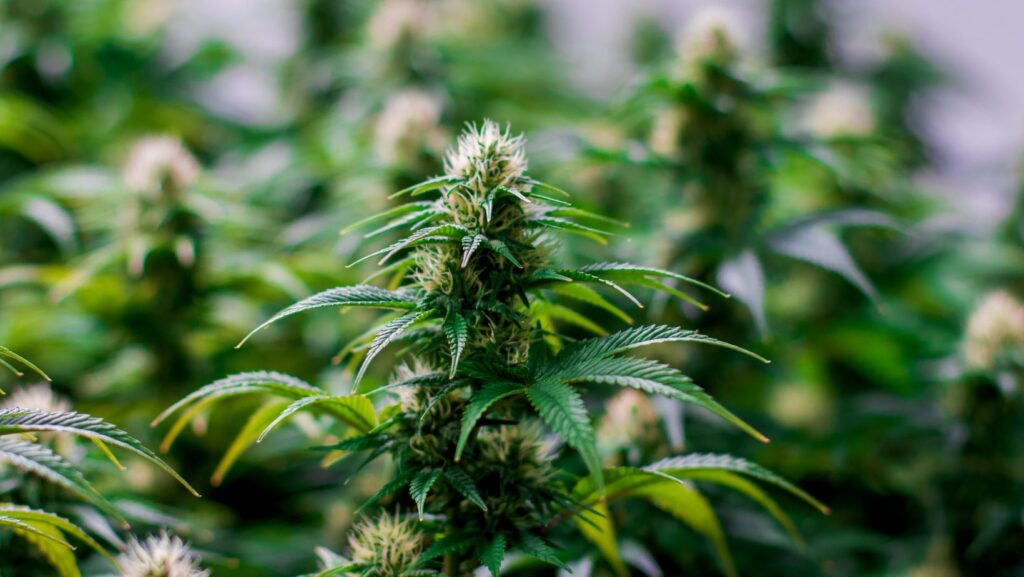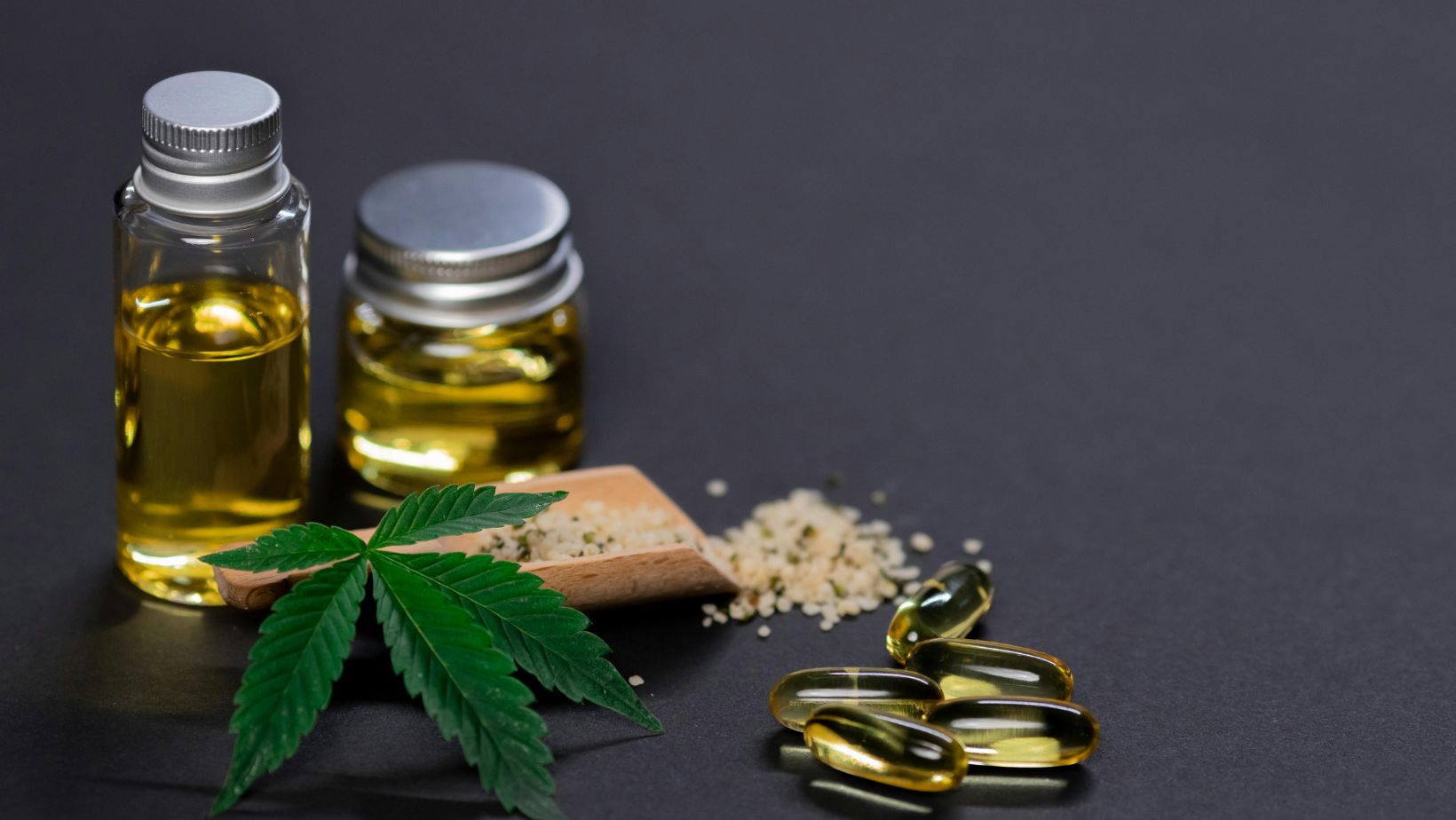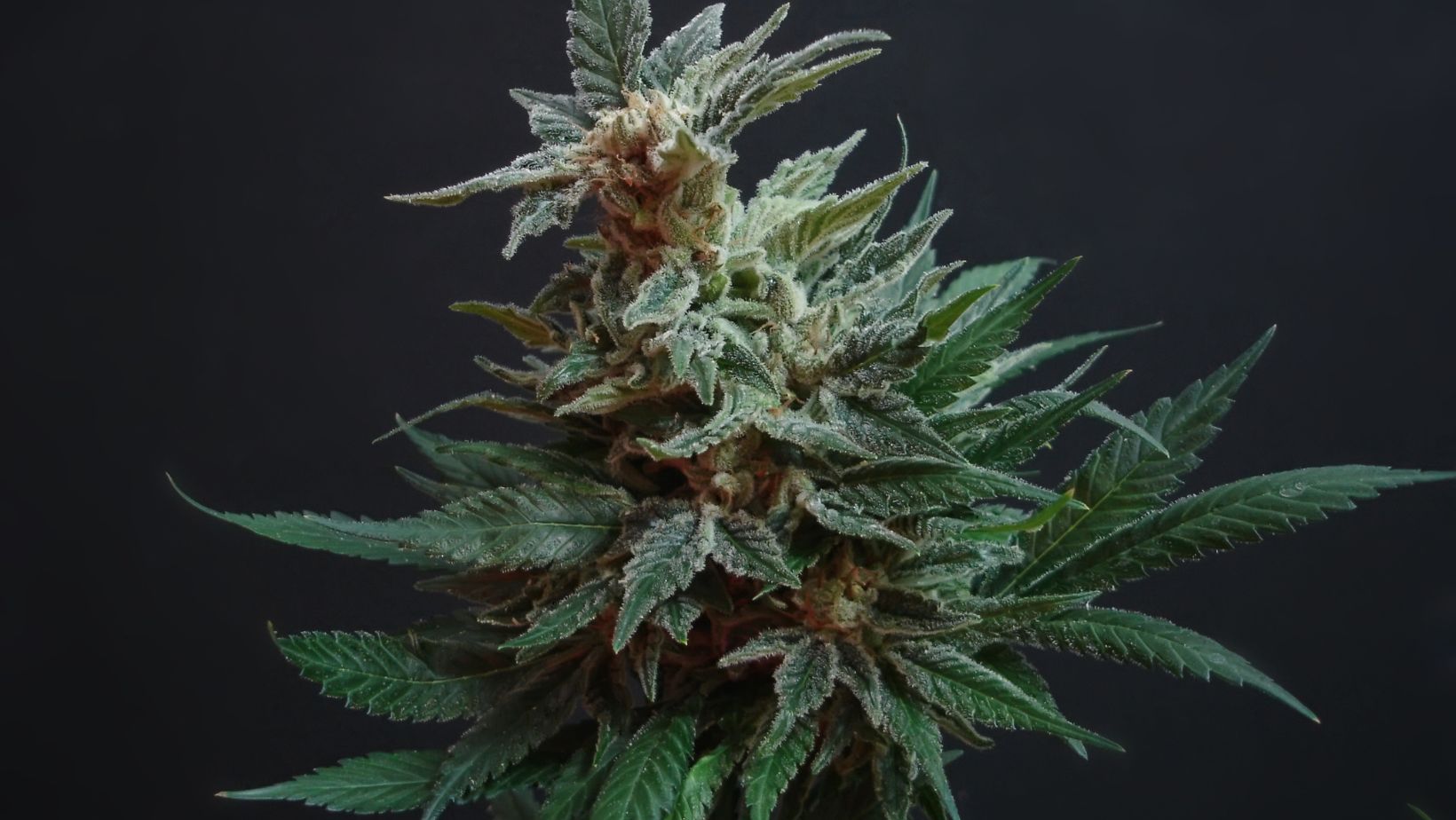
When it comes to cannabis, most people focus on THC and CBD—the well-known cannabinoids responsible for getting you high or delivering therapeutic effects. But there’s another important group of compounds that often gets overlooked: terpenes. These aromatic compounds not only give cannabis its unique smell and flavor but also play a major role in shaping your overall experience.
Whether you’re a casual user or a seasoned enthusiast, understanding terpenes can help you make smarter choices and get the most out of your cannabis sessions. Let’s dive into why terpenes matter in your cannabis experience.
What Are Terpenes?
Nature’s Fragrant Molecules
Terpenes are organic compounds found in many plants, not just cannabis. They are responsible for the distinctive aromas of herbs, fruits, and flowers. For example, the smell of lavender comes from a terpene called linalool, while the sharp scent of pine comes from pinene.
In cannabis, terpenes work alongside cannabinoids to create a unique sensory and therapeutic profile for each strain. This combination is often referred to as the “entourage effect.”
How Terpenes Work in Cannabis
Terpenes bind to receptors in the brain just like cannabinoids. While they don’t get you high on their own, they influence how THC and CBD interact with your body. This can affect your mood, energy level, and even the intensity of the high.
For example, a strain high in myrcene may promote relaxation and sleepiness, while one rich in limonene could lift your mood and provide a more energetic experience. Understanding these terpene profiles can help consumers make informed choices as they shop cannabis seeds tailored to their desired effects.
Common Cannabis Terpenes and Their Effects
Myrcene
- Aroma: Earthy, musky, with hints of cloves
- Effects: Sedating, relaxing
- Found In: Mangoes, hops, thyme
Myrcene is one of the most common terpenes in cannabis and is often linked to indica strains. It may enhance the calming effects of THC and promote rest.

Limonene
- Aroma: Citrus, lemon, orange
- Effects: Uplifting, stress-relieving
- Found In: Citrus rinds, juniper, rosemary
Limonene is known for its mood-enhancing and anti-anxiety properties. It’s a favorite in strains meant for daytime use.
Pinene
- Aroma: Pine, fresh forest
- Effects: Alertness, memory retention
- Found In: Pine needles, basil, parsley
Pinene may help counteract memory loss caused by THC and improve focus. It’s also believed to have anti-inflammatory benefits.
Linalool
- Aroma: Floral, lavender
- Effects: Calming, anti-anxiety
- Found In: Lavender, mint, cinnamon
Linalool is often found in strains intended for stress relief and relaxation. It may also support sleep and ease pain.
Caryophyllene
- Aroma: Spicy, peppery, woody
- Effects: Anti-inflammatory, calming
- Found In: Black pepper, cloves, cinnamon
Caryophyllene is the only terpene known to directly activate cannabinoid receptors. It may help reduce anxiety and physical discomfort.
The Entourage Effect
More Than Just THC and CBD
The entourage effect is the theory that cannabinoids and terpenes work better together than alone. This means the effects of a cannabis strain are not solely due to its THC or CBD content but also its terpene profile.
For instance, two strains with the same THC level can produce very different experiences depending on their terpene content. This is why knowing the terpene profile can be just as important as knowing the cannabinoid percentage, especially when you’re looking to shop cannabis seeds with specific effects in mind.
Tailoring Your Experience
Looking for relaxation? Choose strains high in myrcene or linalool. Need energy or focus? Go for limonene or pinene-rich strains. Understanding terpenes helps you select products that match your desired effects more precisely.
Terpenes and Medical Cannabis
Supporting Therapeutic Benefits
For medical users, terpenes can play a crucial role. Anti-inflammatory terpenes like caryophyllene may help manage chronic pain. Uplifting terpenes like limonene may assist with mood disorders such as depression or anxiety.
Medical cannabis professionals are increasingly recommending terpene profiles tailored to specific conditions rather than relying on strain names or THC percentages alone.
Natural Alternatives to Pharmaceuticals
Because terpenes are found in common herbs and foods, they offer a natural alternative to some medications. For example, the calming effects of linalool are similar to those of certain anti-anxiety drugs—but without the same side effects or risks of dependency.
Choosing Cannabis Based on Terpenes
Reading Lab Reports
As cannabis labeling becomes more detailed, many brands now include terpene profiles in their product descriptions.

Lab-tested products will often show the top three or four dominant terpenes. This information can help you make more informed choices.
Smell as a Guide
Your nose can be a powerful tool. If a strain smells appealing to you, there’s a good chance its terpenes will align with your body’s needs. Our bodies often respond positively to scents that support our current mood or condition.
Experiment and Track
The best way to find what works for you is through experience. Try different strains with varying terpene profiles and take notes on how each one affects you. Over time, you’ll develop a personalized understanding of what makes you feel your best.
Final Thoughts
Terpenes are more than just the aroma of cannabis—they’re an essential part of the overall experience. From influencing your mood to enhancing medical benefits, terpenes help define the unique characteristics of each strain.
As the cannabis industry evolves, consumers are becoming more educated and intentional in their choices. Understanding terpenes allows you to go beyond THC percentages and find products that truly meet your needs.
Next time you shop for cannabis, take a moment to check the terpene profile. It could be the key to unlocking a better, more personalized cannabis experience.










